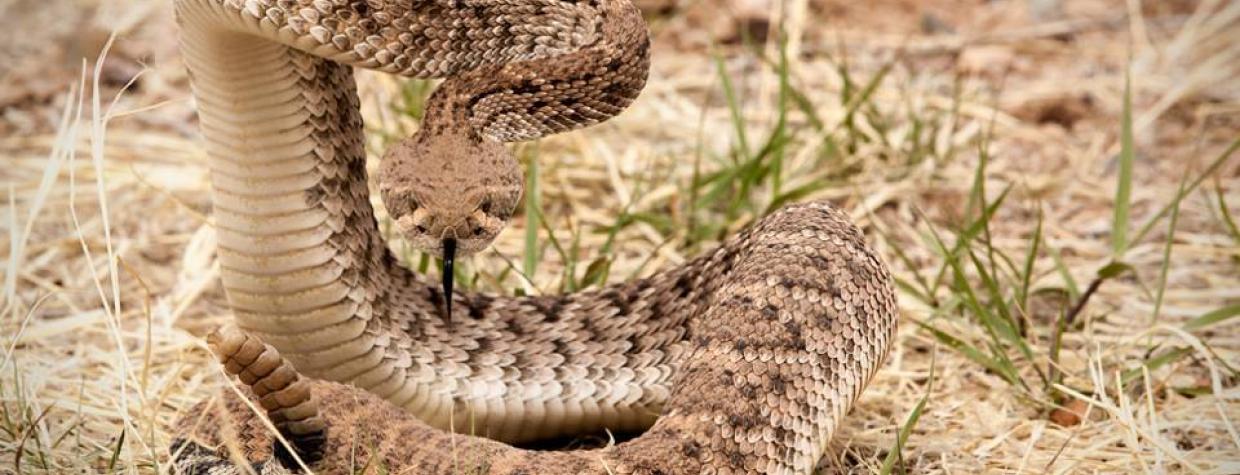Hikers in Central and Southern Arizona are more likely than usual to encounter a loud, potentially dangerous reptile on the trail this time of year.
As KTAR reported last week, rattlesnakes are beginning to emerge from hibernation as Arizona approaches the first day of spring. Additionally, the snakes have empty stomachs and can be unpredictable when they're hungry, a Phoenix Fire Department official told the radio station.
Experts recommend you wear appropriate footwear and stay on established trails while hiking. Keep your eyes on the trail while walking through desert areas. And remember that the last thing a rattlesnake wants to do is bite you — it will only do so to protect itself.
Additionally, keep your dog on a leash to prevent it from approaching a rattlesnake. You also can use a service that trains dogs to avoid the rattlers, but your dog should be on a leash anyway.
Here are some other tips, from our own Arizona Highways Hiking Guide:
- The best place to find rattlesnakes is in thick ground vegetation — under, around and in large logs, and tucked into rock cracks. If you don't put your hands and feet in places you can't see, you probably won't be bitten. And don't count on the snake to use its rattle to warn you of its presence — baby rattlesnakes, typically born in summer, can't yet produce an audible rattle. Use a stick to bat the brush ahead of you before your feet get there.
- At night, snakes like to sprawl on warm, flat ground and on asphalt, so use a light.
- If you encounter a rattlesnake, take one or two steps back to get out of striking range. As a Coolidge man learned in 2017, you should not play with the snake.
- If you are bitten, try to stay calm and sit still. If possible, get to a hospital quickly. If you must hike out on your own, set a moderate pace and remind yourself that this injury is not fatal.

